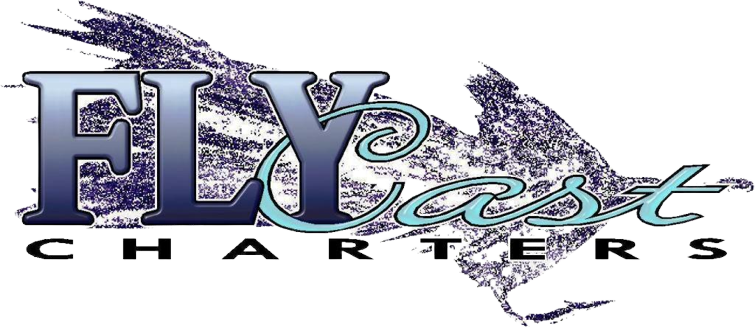Like many sports, it’s easy to look at the big picture when it comes to fishing. However, with the exception of the all important factor of finding the fish, more than not, many times it’s the little things that end up making the difference. I have to say that all my thoughts on this subject are based on first hand experience or missed experience if you will. You see, I have had one too many miscalculations lately when it comes to rigging and gear and I thought I might try to save you from the same fate. In a way, like any sort of recreational activity or sport, it seems to get down to a game of inches.
First and foremost, keep an eye on your knots. Now I tie an awful lot of knots, but over the past year or so I have set up on a few fish and have ended up breaking the line. Now, on all these particular occasions, I was using lighter leader material, either 15 or 20 pound fluorocarbon. I like to do this when the fish are either in a wary mood or if the water is really clear. You need to be a bit more cautious on the hook set with the lighter lines, but you still have to drive it home to get that barb through the tough jaws of a fish like a redfish, like I said a game of inches. Now, some times the line broke at the hook and sometimes up where the leader attaches to the braided line. Very few knots combine to 100 per cent strength and they do need checked every so often. After hours of casting and running through your rod guides, the knot between line and leader can get worn down, and the loop knot down at the lure or hook even takes more abuse. For example, it can begin to fray from even one good fish or take into consideration the beating it takes from constantly bumping everything in its path. Ultimately, it’s a good idea to take at look at both these important connections every so often. And while we’re still on the subject of knots and leaders, take the time to tie on a new piece of leader before it gets too short. We’ve all been guilty of getting lazy and continuing to use a piece that is really too short to be effective. I like to at least have two feet. Also, when tying those knots, make it a point to moisten the knot with a little saliva before cinching it down. It really does make for a better knot.
Next, keep an eye on the edge of your hooks. Today, many hooks come chemically sharpened and are very sharp right out of the package, but it is still a good idea to double check the edge after catching a fish, missing a good strike, getting caught in the bushes, or bumping some oyster bars. We all do it, we get a little lazy and it’s easier to just keep on casting and not take the time to examine that point. And when you think of all the time and effort it takes to get out on the water, it’s kind of crazy not to double check the piece of equipment that connects you to your fish. And you never know, that next cast could be the one you’ve been looking for.
Finally, some advice that I have received from others after they’ve learned a few lessons the hard way. If you happen to run a two-stroke, make sure you have some extra two-stroke oil on board, and this time of year drink plenty of water in order to stay hydrated. Oh, one more thing, unless you run dry cell batteries, when was the last time you checked your batteries to make sure they had enough water to take a good charge.

Recent Comments